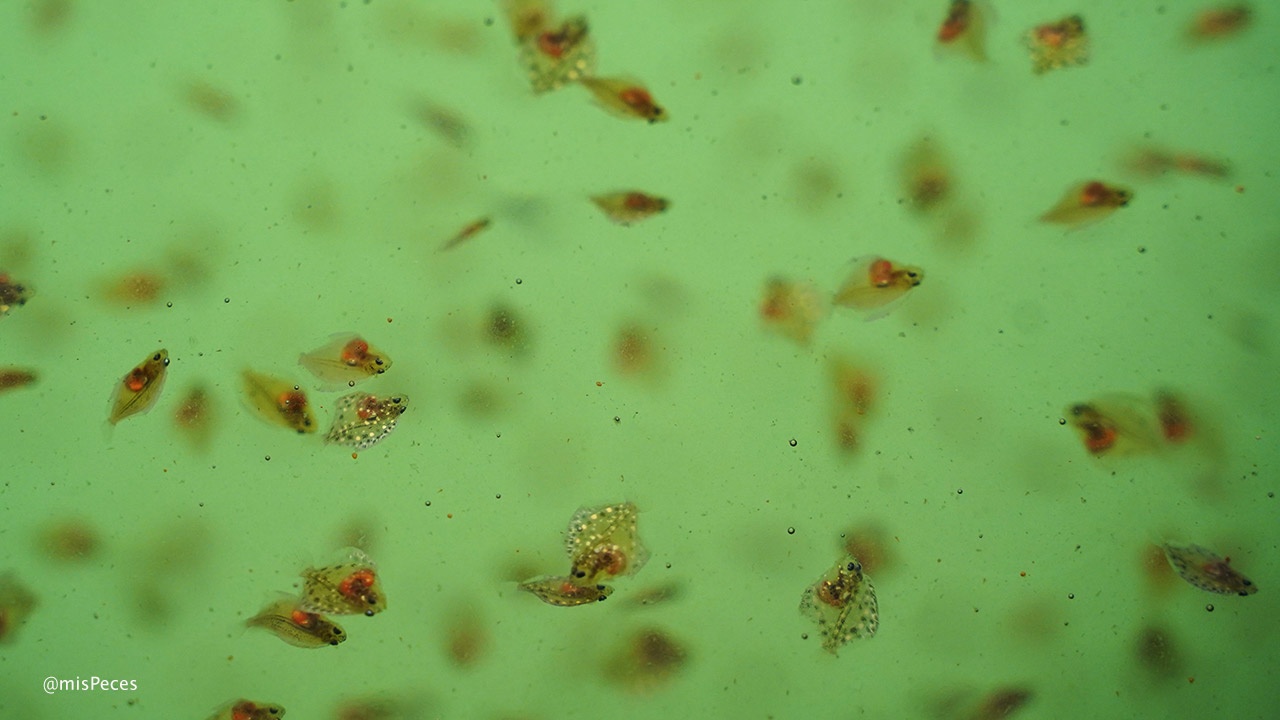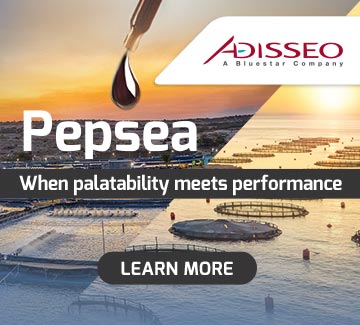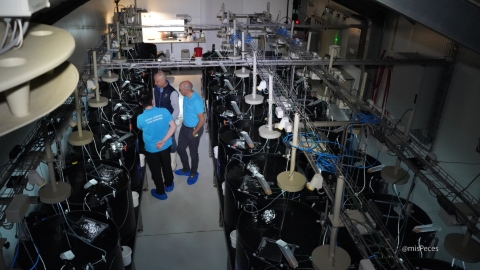 turbot larvae |@misPeces
turbot larvae |@misPeces
The first ten days of life are crucial for turbot larvae, marking a key window to shape their microbiome effectively. During this period, targeted strategies can be implemented to create optimal conditions, promoting their healthy development, survival, and productivity.
A recent study conducted by researchers from the University of Aveiro, in collaboration with Flatlantic, a turbot farming company in Portugal, examined bacterial community dynamics during the first 30 days of the larvae's lives. The findings suggest that careful management of water quality and feed can significantly influence microbiome composition, reducing the risk of disease and enhancing overall larval health.
This insight paves the way for new management practices in commercial hatcheries. One effective approach involves introducing beneficial bacteria early on, such as probiotics like Sulfitobacter, which can outcompete pathogenic bacteria like Vibrio. Additionally, monitoring critical parameters-temperature, salinity, and bacterial concentrations-ensure a stable environment conductive to establishing a favourable microbiome, reducing the likelihood of dysbiosis, a bacterial imbalance that can lead to disease.
Another vital aspect of hatchery management is enriching live feed such as rotifers and Artemia. This not only enhances the feed’s nutritional value but also introduces beneficial bacteria directly into the larvae’s digestive systems. Enrichment can include compounds that stimulate the immune system, helping the larvae build resilience against disease.
For these strategies to succeed, constant monitoring of the larval microbiome during the first ten days is essential. Advanced technologies, such as DNA sequencing, allow real-time detection of imbalances and enable immediate adjustments to management practices. For example, in the presence of elevated pathogenic bacteria, hatcheries can alter water conditions or add probiotics to restore balance.
From day ten onwards, it is recommended to introduce formulated feed designed to support beneficial bacterial growth while maintaining a stable environment that consolidates a balanced microbiome.
Effective management of these factors not only improves larval survival rates but also has long-term benefits for the efficiency and sustainability of aquaculture production. Lowering mortality and enhancing larval health significantly boosts productivity and aligns with environmentally responsible practices.
Techniques such as the use of probiotics, live feed enrichment, and continuous microbiome monitoring offer hatcheries the tools to provide a strong start for larvae and lay the foundation for more efficient and sustainable production.


